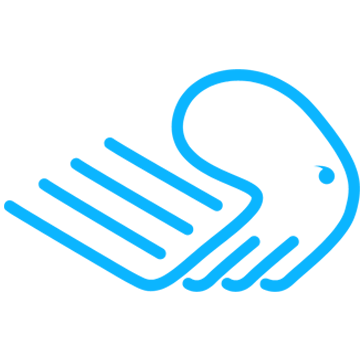
Create Websites with CHEETAH
The most important design elements at a glance (6)
Note: When loading the images into the slider element, pay attention to the order, because a subsequent rearrangement of the individual images is not (yet) possible.
After closing the container window, your slider is already fully functional. You should now take some time to explicitly adjust the properties of the slider. This concerns in detail "Autoplay Time" (how long the image is displayed until it changes), the "Autoplay Mode" (automatic image change yes or no) and / or whether you want to show navigation buttons at the right and left edge of the image or not (to be found in the category "General Settings").
Image gallery Element
The image gallery elements in the "Galleries" element selection are used to display several images in a rectangular arrangement on a web page with the effect that when you click on an image, the corresponding image is automatically displayed "in large". So, for example, if you are planning to build your own photo website, these are the elements of your choice.
The image assignment is analogous to that of the slider just described, except that here you have to use the gear icon in the header menu to get to the image assignment window. How many images should be arranged in how many columns can be conveniently set in the "General Settings" category together with the image spacing. Furthermore, you can of course equip an image gallery element with navigation options, margins and even various animation effects to perfectly match the style of your website.
Eyecatcher for your website: Rotating banner
For some time now, rotating banners on websites have been a tried-and-tested means of presenting advertising messages in a visually appealing way. But you can also use the principle - time-controlled display of images and messages - as a general design tool to impress visitors and thus increase their time spent on the website.
With "Cheetah" it is very easy to integrate such rotation banners into a website even without using JavaScript, because the site builder explicitly provides such elements in its elements palette in the "Rotation Banner" section. You only need to select one suitable for your purposes and place it on your website. Note, however, that this element is a composite element, which consists of the "actual" rotation banner and a number of "contents" in the form of images that you can define, on which other elements (e.g. boxes and texts) can be arranged.
Note: To focus a rotation banner, you must aim the mouse exactly on the upper narrow border area. If you succeed, you will recognize the success by its special header menu:
With the "+" button you can add more images to the slider and with the arrow keys you can navigate between the already existing images. A click on the image focuses the currently visible image and in the right margin menu (or settings dialog) you can configure the "Slider Page" individually in many ways. Here, the main focus is on the "Background" section, where you explicitly assign an image to the page and set its position in the banner (try it out!).
In the rotation banner element itself, you can specify the special type of image change (non, slider, fade in / fade out) and the time scale for it. In addition, you can specify here whether the image change should take place automatically ("Autoplay") or only by clicking on separately displayed "arrow keys".
Attention: The effects of these settings are only visible in the preview and later on the website.
Furthermore, you can place additional elements on a "Slider Page" ("Image"). These can be, for example, boxes, buttons, and, of course, texts. In such a case, the slider page serves as an element container.